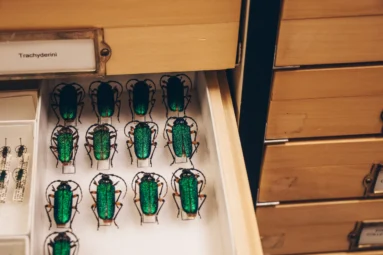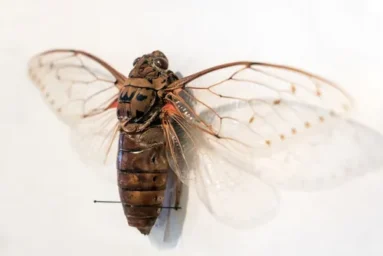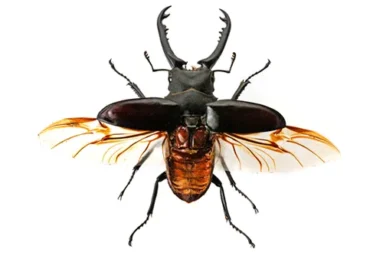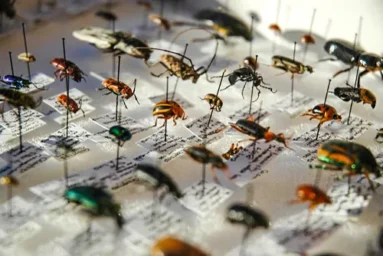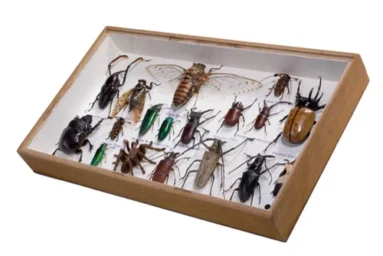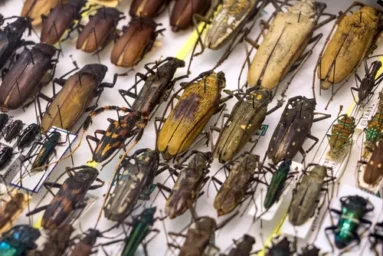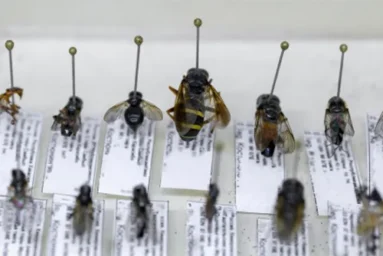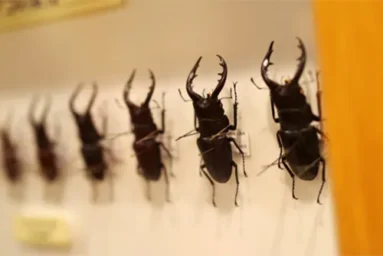SPECIMEN LOANS
Specimen LOAN POLICY
2. MOLECULAR DATA GENERATION: Non-destructive DNA extraction is permitted for all specimens except primary types. Tissue extraction for DNA is allowed for non-type specimens with previous communication with appropriate curator. All specimen vouchers must be returned to the FSCA with identifier to associate to the generated data. Where possible FSCA barcode numbers will be provided and can be used as the specimen voucher number. The tissue/DNA extract may remain with the borrower. Genbank or other online data repository (Dryad, etc) accession numbers must be provided to the FSCA staff to remain associated with the specimen voucher.
3. DISSECTION OF SPECIMENS: Except for types, all specimens may be dissected as necessary, providing that the dissected parts are maintained with the specimens, either in microvials pinned on the same pin or imbedded in a mounting medium on the same point. Types may be dissected only with the advance permission of the curator.
4. PREPARATION FOR SEM: Except for types, all specimens may be gold-coated for SEM examination. Types may be gold-coated only with the advance permission of the curator.
5. INSTRUCTIONS ON MATERIAL TO BE RETAINED: In general, we request that the first, third, fifth, seventh, etc. specimen be returned, but this should be regarded only as a somewhat flexible, general guideline. Where it is possible for the borrower to retain specimens whose collection data are duplicated on specimens to be returned, this is recommended. The borrower is encouraged to make exchanges which will be mutually beneficial.
6. PUBLICATIONS: Publications resulting wholly or in part from a study of material borrowed from the Florida State Collection of Arthropods should include an acknowledgement to this collection. The abbreviation “FSCA” should be used in checklist citations and the appropriate curatorial staff acknowledged where possible.
